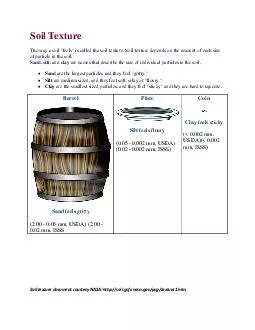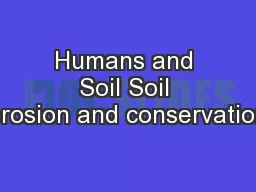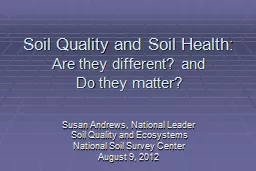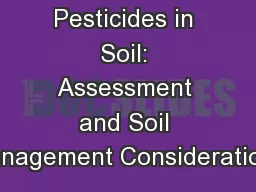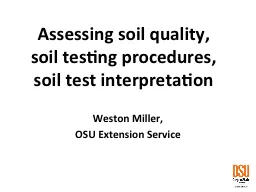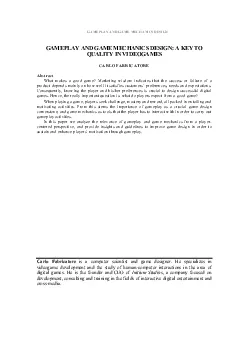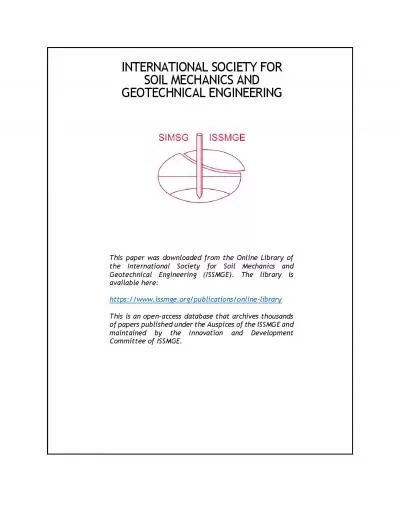PPT-Soil Mechanics - I
Author : karlyn-bohler | Published Date : 2016-03-18
Prepared by Engr Mamoon Kareem Department of Civil Engineering Swedish College Of Engg amp Tech Wah Cantt Lecture 34 Chapter 1 Introduction to Soil Mechanics
Presentation Embed Code
Download Presentation
Download Presentation The PPT/PDF document "Soil Mechanics - I" is the property of its rightful owner. Permission is granted to download and print the materials on this website for personal, non-commercial use only, and to display it on your personal computer provided you do not modify the materials and that you retain all copyright notices contained in the materials. By downloading content from our website, you accept the terms of this agreement.
Soil Mechanics - I: Transcript
Download Rules Of Document
"Soil Mechanics - I"The content belongs to its owner. You may download and print it for personal use, without modification, and keep all copyright notices. By downloading, you agree to these terms.
Related Documents


